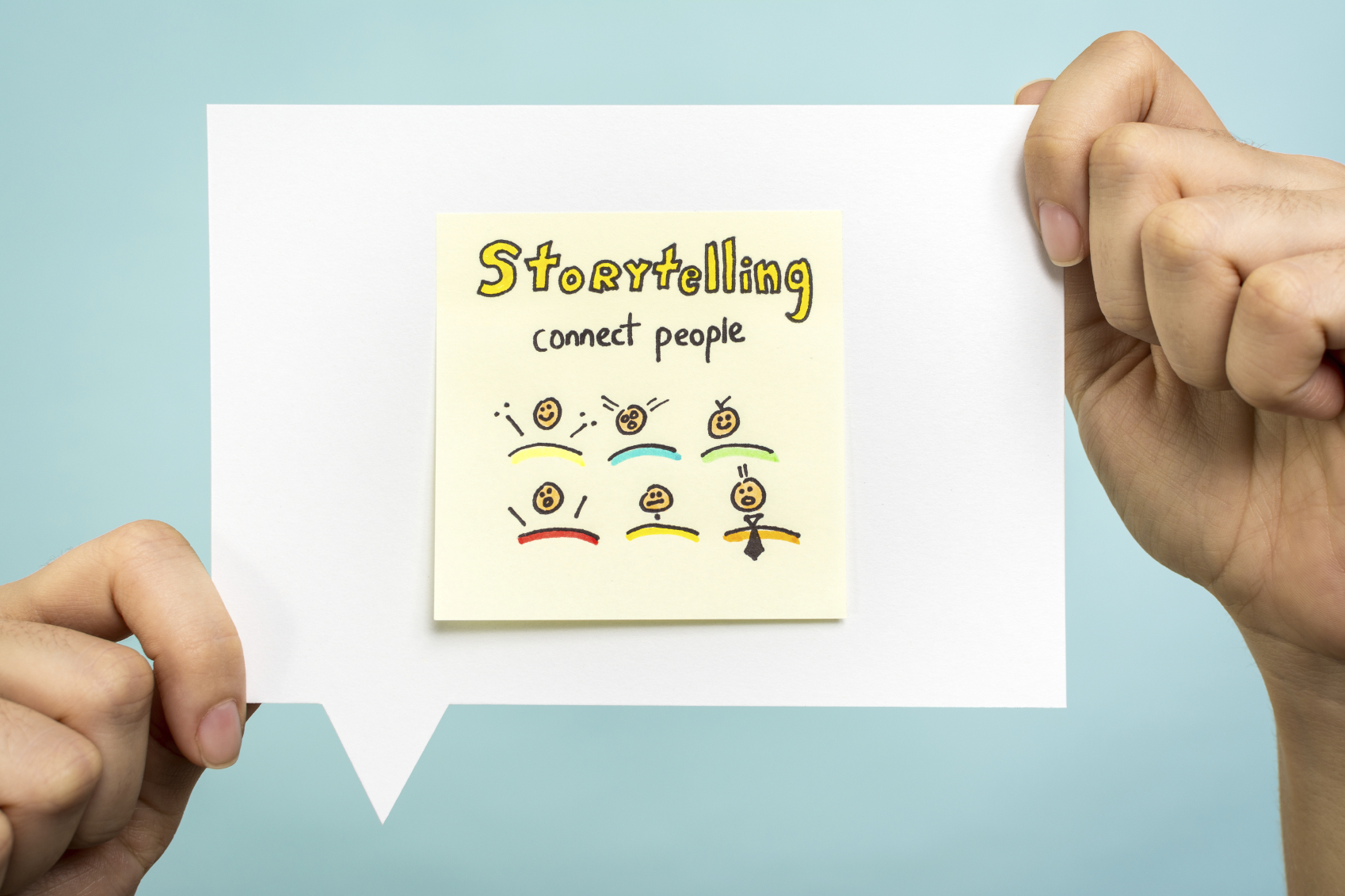
We’re live! Today, GovLoop is hosting its Second Annual State and Local Government Innovators Virtual Summit, an all-day, virtual event with six different online trainings, networking opportunities and resources to help state and local govies do their job better. You can register here and be sure to read the other recaps here.
 Storytelling. The concept has been around for as long as humans have existed on the planet. Back before the written world captured knowledge for future generations, elders used storytelling techniques to impart wisdom and share best practices.
Storytelling. The concept has been around for as long as humans have existed on the planet. Back before the written world captured knowledge for future generations, elders used storytelling techniques to impart wisdom and share best practices.
But in the digital age, where a 140 character tweet can be considered news, the art of storytelling has been lost. To make matters worse, government has been hit with a double whammy of poor public support and complicated processes and procedures. How easy is it for you to explain your job to a friend at a dinner party? Or make the case for more government spending? Seems impossible in this day in age, unless you can craft a compelling story.
Akash Karia, best selling author of Ted Talks Storytelling: 23 Storytelling Techniques from the Best Ted Talks, is a master communicator. Karia has trained more than 50,000 people in the art of crafting compelling messages and was the opening keynote for GovLoop’s State and Local Virtual Innovators Summit.
“A story is an essential element in the persuasion equation. Most people will open an argument with facts, figures, but more often than not their audience will tune out because they find the numbers boring or they agree logically, but not emotionally. If you make your argument based off a story, it makes the case much more relatable and compelling,” he explained.
How to create a story in four steps:
- Character – Every story needs a central figure. This figure can be a person or group of people.
- Conflict – For a story to be effective it needs to have a conflict or source of tension.
- Spark – Think of the spark as the turning point in the story. The spark is what alerts the inherent conflict in the story.
- Takeaway message – What is the lesson or final parting message you want your audience to take away?
For example, “When I was a kid I was incredibly shy, awkward and lacked confidence. My cousin and I were in the same elementary school class. One day after school, our families were at dinner and she asked me if I was going to the end of class party,” said Karia. “I had never even heard of this party. I was horribly embarrassed because it turns out I was the only kid in my class that was not invited. I decided at that moment to change my attitude. If I wanted to get invited to parties, I was going to have to make some friends. I decided to start watching what charismatic people did. I emulated their behavior.”
In the example, the character – Karia – has a conflict in that he was not invited to a class party. The turning point or spark came when he was embarrassed when his cousin asked in front of his entire family if he was going to the party. The spark forced the character to change his behavior resulting in the takeaway message.
Karia suggests when crafting your story start with what you want your audience to takeaway and then work backwards.
For more storytelling tips you can download free resources here.





Leave a Reply
You must be logged in to post a comment.